| 1st Semester |
| ART 130 - Freehand Drawing IM | 3.0 | |
ART 130 - Freehand Drawing I (3.0 units) (Formerly ART 010A)
Advisory:It is advised that students be able to engage in written composition at a college level and read college-level texts.
Transfers to: UC, CSU
This course for art and non-art majors interested in developing basic drawing skills is an introduction to observational drawing and composition. In the course, students develop the ability to perceive and define shape, contour, volume, space, and light using a variety of drawing media and subject matter. Emphasis is on clarity of observation and the ability to order and translate 3D form and space into 2D drawings.
|
| ANIM 101 - Introduction to Digital 3-D AnimationM | 4.0 | |
ANIM 101 - Introduction to Digital 3-D Animation (4.0 units) (Formerly DRAF 201)
Advisory:It is advised that students be able to engage in written composition at a college level and be able to read college-level texts.
Transfers to:UC,CSU
This course offers an introduction to the production pipeline used in games, film, and television to create 3D animation. Students explore key concepts such as digital sculpting, lighting, texturing, rendering, rigging, and animating 3D objects. This course is a valuable asset for students pursuing studies in graphic arts such as illustration, web and game design, and film production..
|
| ANIM 105 - Principles of 3-D Digital AnimationM | 4.0 | |
ANIM 105 - Principles of 3-D Digital Animation (4.0 units) Advisory:ART 130; ART 230
Transfers to: UC,CSU
This course offers students an introduction to the essential principles of 3D digital animation, serving as a foundation for aspiring animators. Students will explore key concepts such as squash and stretch, timing, weight, drag, and follow-through, applying solid drawing techniques and working with 3D software like Maya and Blender. By mastering these core principles, students will develop and refine the fundamental skills necessary to excel as digital animators or character artists for both games and film/TV.
|
| ANIM 130 - Modeling for GamesM | 4.0 | |
ANIM 130 - Modeling for Games (4.0 units) Advisory:ANIM 101
Transfers to:UC,CSU
This course introduces students to the fundamental principles of 3D modeling, unwrapping, and texturing for game development. Designed for beginning 3D Animation students, it covers the essential tools and techniques for creating 3D game assets. This course is also valuable for students in graphic arts such as, illustration, web and game design, and film production— as well as industrial design, including architectural, automotive, furniture, clothing, and product design.
|
| Total Semester Units: | 15.0 | |
|
|
|
| 2nd Semester |
| ART 170 - Introduction to Digital PaintingM | 3.0 | |
ART 170 - Introduction to Digital Painting (3.0 units) Advisory: ART 130
Transfers to: UC, CSU
This course is designed for students majoring in the visual arts, including studio art, illustration, animation, graphic design, or students interested in learning to use the computer as a tool for digital painting. The course uses technology tools and media (e.g., software, drawing tablets, scanners, and printers) to execute traditional drawing and painting effects in a digital medium. Students investigate the fundamental pictorial elements of line, shape, space, color, and texture as well as the formal relationship of these elements to produce original works of art while learning the technology, concepts, and practices of digital art production.
|
| ANIM 134 - Mech and Vehicle DesignM | 4.0 | |
ANIM 134 - Mech and Vehicle Design (4.0 units) Advisory:ANIM 101, ART 170, NART 175
Transfers to: UC, CSU
This course is geared towards designing mechs and vehicles of all types for the entertainment industry. Centered on digital drawing and rendering with Adobe Photoshop, students create and present finished portfolio pages. The course takes students through a clear and efficient design process emphasizing storytelling, gesture, shape, and color.
|
| ANIM 135 - Environment DesignM | 4.0 | |
ANIM 135 - Environment Design (4.0 units) Advisory: ANIM 101, ART 170, NART 175. It is also advised that students be able to engage in written composition at the early college level and read college-level texts.
Transfers to:UC, CSU
This course introduces students to the artistic and technical requirements needed to work in the entertainment industry as environment artists. Through class projects students learn the latest techniques in the construction of game levels using Maya 3D modeling software and the Unity game engine. In addition to level design and the practical aspects of modeling and lighting, emphasis is placed on the artistic merit of students' work through value, color, design, and composition.
|
| ANIM 140 - Entertainment Art PortfolioM | 4.0 | |
ANIM 140 - Entertainment Art Portfolio (4.0 units) Prerequisite: ANIM 101; ANIM 105
Transfers to: CSU
This course provides an invaluable opportunity for students who satisfy the prerequisites to build and showcase a body of work that will propel their professional careers forward. Students select a focus area within entertainment art, such as game animation, hard surface modeling, or character design, and create a portfolio project using industry-standard tools like Adobe Photoshop CC, Premiere CC, Maxon's ZBrush, Autodesk's Maya, and Epic's Unreal Engine. This course provides an invaluable opportunity for students to build and showcase a body of work that will propel their professional careers forward.
|
| Total Semester Units: | 15.0 | |
|
|
|
| Total Units for Animation/Entertainment Art - Digital Environments COA program | 30.0 | |
|






